Pre-existing problems with the autothrottles, contributed to the loss of TAROM flight 371. But this is far from the whole story.
Observers often describe aviation incidents and accidents using the Swiss cheese analogy. Multiple safeguards, designed to cover one another, and failures happening only when errors/lapses occur in the wrong moment. So only when the holes in the cheese slices line up, can accidents happen. Such is the case with TAROM flight 371.
The accident happened just over 26 years ago, on the 31st of March 1995. TAROM Flight 371 would have flown from Bucharest International Airport (LROP) to Brussels International (EBBR). The aircraft departed runway 08R, just after 9am local time. The First Officer was pilot-flying, with the Captain monitoring. However the Captain would also have an extra job, in dealing with a known possible issue in this aircraft. The aircraft is an Airbus A310.
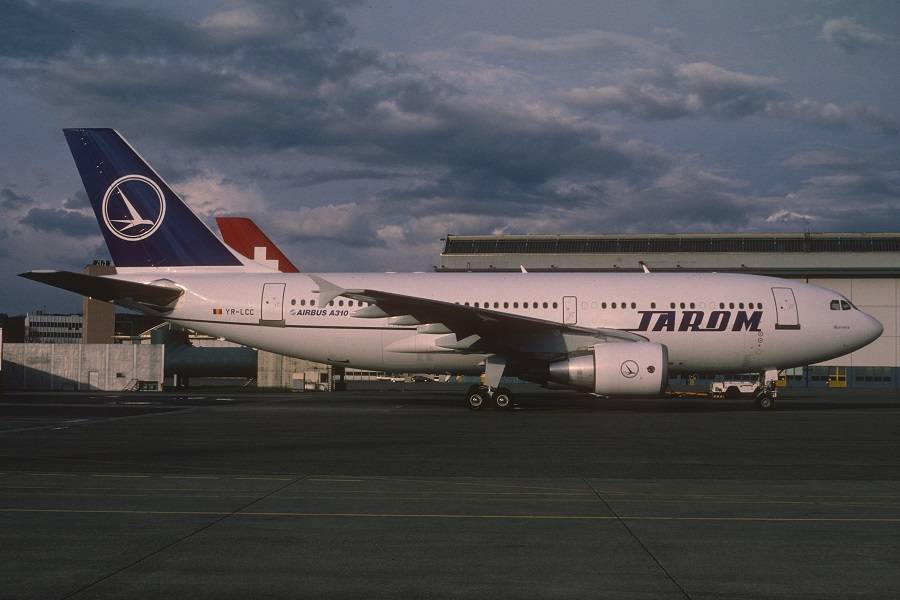
Flight 371 had an experienced TAROM flight crew. The Captain had a total of 14,312 flight hours, of which 1,735 was on the A310. Before this type, the Captain had flown the Boeing 707 and the BAC 1-11. He had the bulk of his flight hours split between these two types. The First Officer had 8,988 hours total, of which 650 were on the A310. Most of his hours were in the IL-18 turboprop, and he also had 1,425 hours in the IL-62 quadjet.
The Aircraft Of TAROM Flight 371
The accident aircraft was an Airbus A310-324, with registration YL-LCC. It had taken its first flight in 1987, so it was less than 8 years old at the time of the crash. The Romanian carrier was the third airline to operate the relatively young jet. This was because its original owner was Pan American. After their collapse, the aircraft joined Delta’s fleet in 1991. TAROM took delivery in April 1994, less than a year before flight 371.
There had been no complaints in the aircraft’s logbook for the previous four flights. However there was a much older known issue. Since the 28th of May of the previous year, this A310 had this note (briefing card) in its logbook:
“AFTER T.O. DURING CLIMB ENG. NO 1 MAY GO BACK TO IDLE IN PROFILE WHEN SWITCHING FROM THR TO CLB POWER”
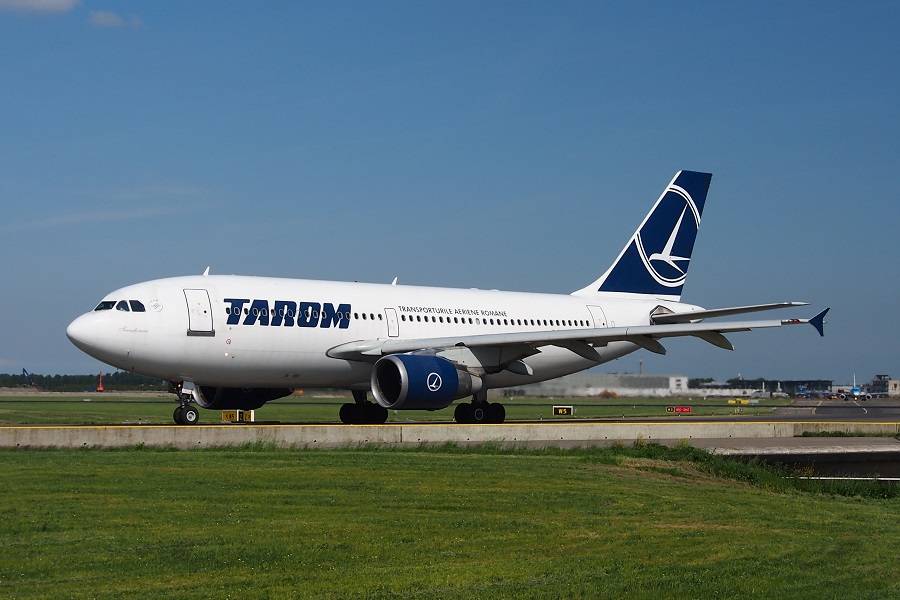
This refers to a switch between takeoff power to climb power, which is an automated process. The crew of TAROM flight 371 were aware of this, so the pilot not flying (in this case the Captain) would guard the throttles. At that time, the cause for this issue wasn’t clear. Delta Air Lines, the previous owner, also followed the same procedures in dealing with the same problem. However the last time TAROM crews wrote it up in the logbook was in August 1994, so over seven months before flight 371.
Unfortunately, the thrust problem occurred as TAROM flight 371 passed 2,000 feet. The Captain was initially making selections on the FMC, so his right hand couldn’t guard the throttles continuously. Twenty seconds after the thrust asymmetry began, the First Officer asked the Captain to retract the flaps. The Captain performed this action. Five seconds later the FO asked the slats to be retracted.
A Different Problem
This time the Captain did not respond, nor did he retract the slats. At the same time the thrust asymmetry was increasing. Four seconds after asking for the slats and getting no answer, the FO asked “Are you OK/what’s wrong?” in Romanian (“Ce ai mă?”). TAROM flight 371 was at 4,200 feet, doing 181 knots and at a left bank of 17 degrees.
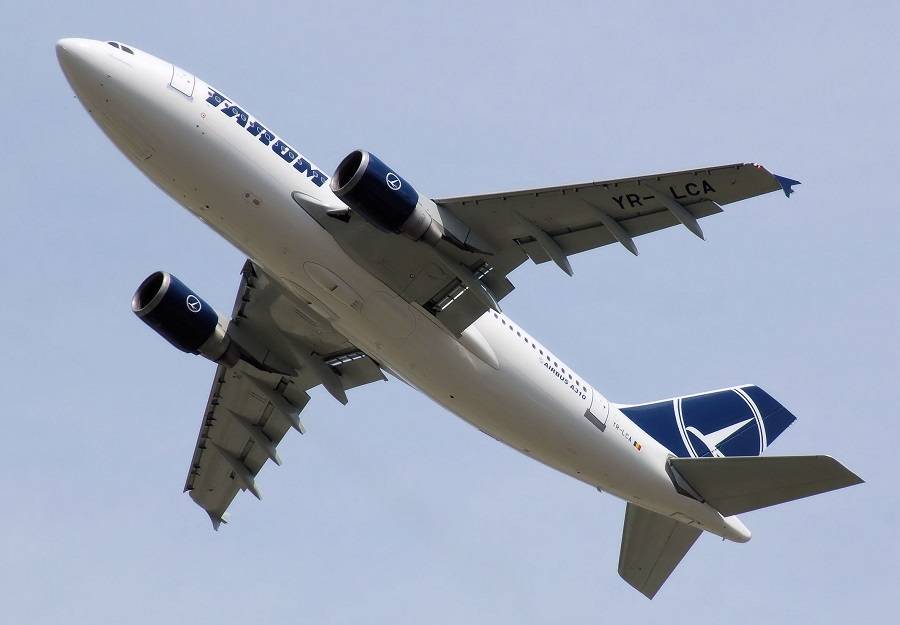
The First Officer was now flying the plane and trying to determine the condition of his incapacitated Captain. It seems that the FO keyed his radio to transmit, but didn’t. Thirteen seconds after asking the condition of the Captain, he put TAROM flight 371 on autopilot. At this time the aircraft was in instrument meteorological conditions (IMC). Unfortunately, the FO didn’t notice the bank angle.
TAROM Flight 371 reached an altitude of 4,620 feet. Bank angle reached over 45 degrees. The autopilot disengaged with an audible alarm, just a second after the FO engaged it. It appears that the FO manually reduced thrust to engine No.2, stopping the asymmetry. But the Airbus still made a complete roll, during its increasingly steep dive. The aircraft reached a pitch-down angle of 83 degrees.
The FO reduced the dive to 50 degrees before impact. The aircraft hit at a speed of 324 knots. Air traffic control lost TAROM flight 371 from radar at 4,400 feet. The flight had 49 passengers and 11 crew. There were no survivors. The crash site was three kilometres (1.86 miles) from the airport and just 300 metres (~330 yards) from a railway station. However there were no injuries on the ground. The wreckage site and distribution were consistent with the high-energy impact.
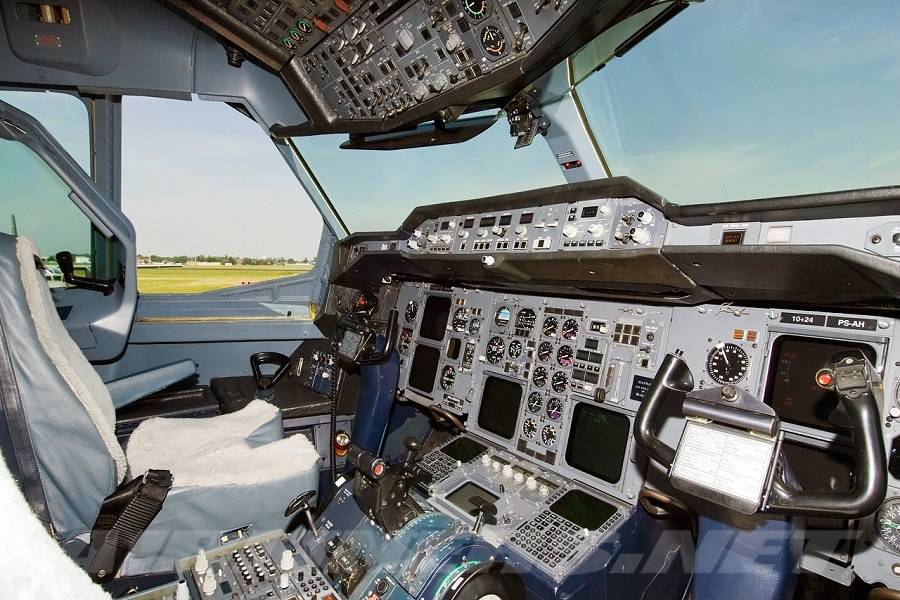
Aftermath Of TAROM Flight 371
Airbus eventually traced the autothrottle problem of TAROM flight 371 in excessive friction in the linkages, between the throttle itself and the autothrottle system’s (ATS) coupling units. Authorities issued Airworthiness Directives to prevent the issue, which could affect Airbus A300, A310 and A300-600 aircraft. In other aircraft, the issue could cause both throttle levers to freeze and the autothrottle to disengage.
TAROM flight 371 experienced the worst scenario, where one throttle slowly went to idle and ATS didn’t disengage. Returning to the Swiss cheese analogy, we can see how several unlikely things happened concurrently, to make the accident possible.
The TAROM flight 371 crew knew of the problem, but it hadn’t reappeared for some time. The Captain would have probably seen it happen in the start, had he not been working the FMC at the time. He later couldn’t do anything about it, due to his incapacitation. The aircraft was already in a left bank, so the FO didn’t notice the increasing angle at first. And while he had his attention at his colleague, the aircraft was in the clouds, depriving him of a horizon.
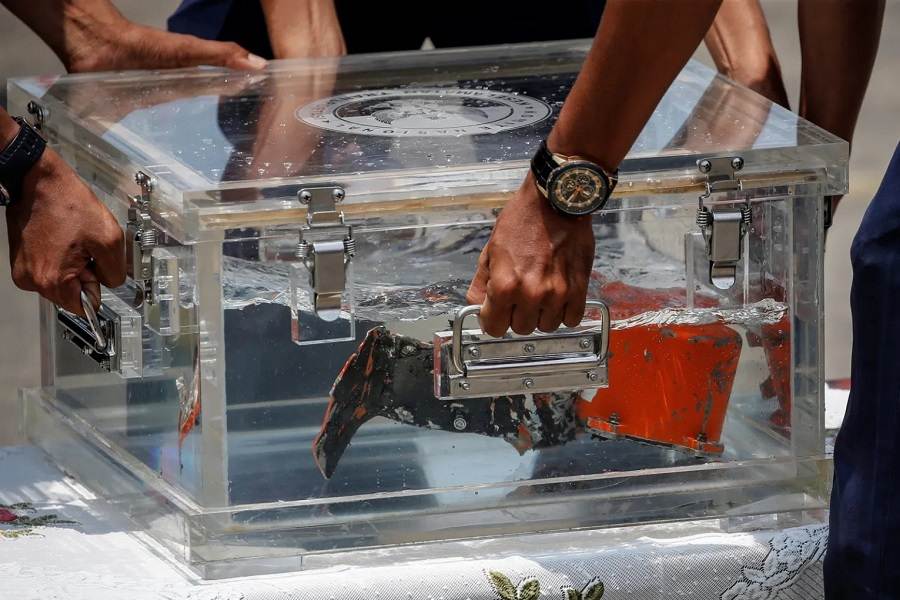
Drawing Conclusions (or not)
This tragedy illustrates why it is so important to have all the information, before trying to assign a cause. TAROM flight 371 has some similarities with Sriwijaya flight 182, specifically in the involvement of the throttle system. However it wasn’t possible to recover the cockpit voice recorder (CVR) of the Sriwijaya 737, until nearly three months after the crash. This was because the locator of the CVR dislodged itself from the rest of the unit, during the crash. The muddy sea floor obscured the unit.
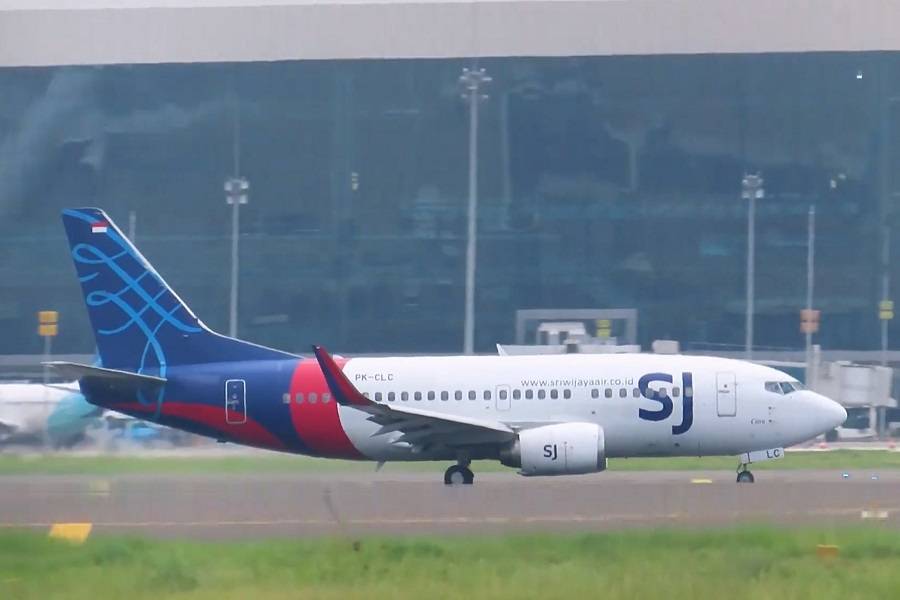
We have yet to learn what information this CVR holds. But we know that the aircraft had issues with its autothrottle system, like the Airbus of TAROM flight 371. Had we not had the CVR from the Romanian aircraft, it would have been impossible to understand the events around the crash. This explains why the Indonesian authorities would not talk about a cause without the CVR of Sriwijaya 182.
Ultimately, it is possible to know what an aircraft did, without knowing why the accident happened. Let’s hope that authorities in Indonesia get the answers they need, like their counterparts in Romania.
Source: Final Accident Report




2 comments
John Cook
Captain became incapacitated. How many pilot have been incapacited or died suddenly since the covid jab was mandated for air crew.
Nedim Demirelli
Since it has been mentioned in the video that the different artificial horizon displays in soviet aircraft as opposed to western aircraft may have been a factor in the Tarom accident because of the long experience of the PF in Soviet built aircraft, I would like to mention a somewhat similar difference between Soviet and Western cockpit crews and operating procedures.
Some Western multiengine aircraft like the Boeing B-29, B-727, early B-747, Concorde, DC-10 etc. had a cockpit of three crew members, namely two pilots and a flight engineer. The flight engineer managed fuel systems and monitored engine instruments among other responsibilities. However, to the best of my knowledge only on the B-29 did the flight engineer actually manipulated engine controls.
On the other hand, in Soviet fixed and rotary wing aircraft there is always a flight engineer who is exclusively in charge of engine controls, starting from engine start to shutdown. He is the one who manages throttles, condition levers or propeller pitch depending on engine type.
In the case of this accident it is a matter of curiosity why the PF was unable to:
1. to correct the aircraft attitude by applying appropriate command inputs;
2. to detect the assymetric thrust lever movements and manually correct them (push forward No. 2 lever and pull back No. 1 lever to climb idle thrust}.
If the first can be attributed to misinterpretation of AI display, then I submit that the second can be attributed to the habit acquired in 6000 plus hours of not touching engine controls. Therefore the PF may have reverted to his old habit, particularly under heavy workload and stress due to the captain’s possible incapacitation.
Nedim Demirelli